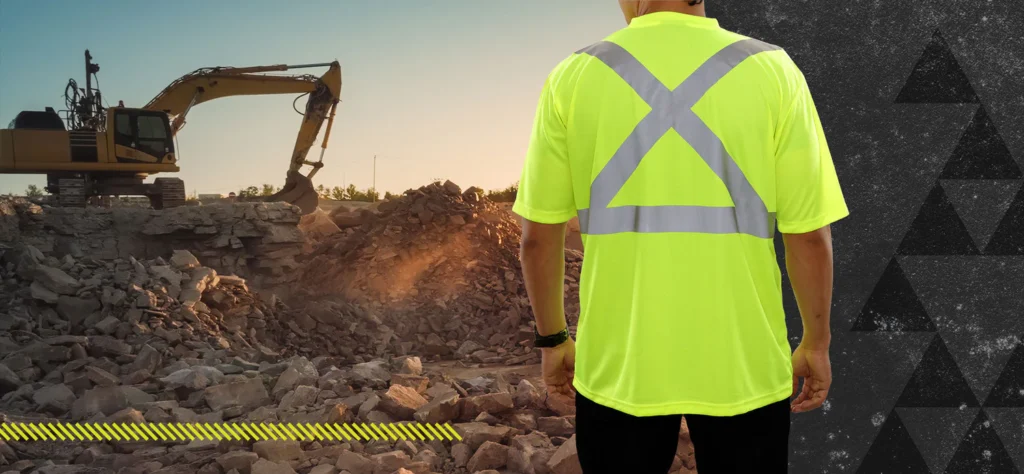In industries where workers are frequently exposed to hazardous conditions, safety measures must go beyond basic training and protective gear. High-visibility clothing is a critical component of workplace safety, ensuring that employees remain visible in both day and night operations. Among these, reflective workwear has emerged as one of the most effective solutions for preventing accidents and enhancing awareness in dangerous environments.
Understanding the Importance of Reflective Workwear
Reflective Workwear is designed to keep workers visible in low-light conditions or in areas where background distractions make it difficult for others to notice them. By incorporating reflective materials that bounce light back to its source, these garments make wearers easily detectable, whether by vehicle headlights, site lighting, or flashlights. This simple yet powerful feature significantly reduces the risk of accidents in high-risk industries.
Suppliers such as Reflective Workwear provide a wide range of safety apparel designed to meet industry standards. Their offerings combine safety, comfort, and durability, making them essential gear for anyone working in challenging environments.
Key Features of Reflective Workwear
1. High-Visibility Materials
Reflective workwear is constructed with bright fluorescent fabrics like orange, yellow, or lime-green. These colors are easily distinguishable against most backgrounds, making them ideal for daytime use. When paired with reflective strips, they provide around-the-clock visibility.
2. 360-Degree Visibility
Modern designs ensure that reflective tape or fabric is placed strategically across the front, back, and sides of the clothing. This provides all-around visibility, allowing workers to be seen from any angle, which is especially crucial in fast-moving environments such as highways or construction sites.
3. Weather-Resistant Fabric
Reflective workwear is often made with durable and weather-resistant materials. This ensures that workers remain visible and protected even in rain, fog, or snow, where visibility levels are naturally compromised.
4. Breathability and Comfort
Safety apparel must be worn for extended periods, which makes comfort a critical feature. Reflective workwear often incorporates breathable fabrics, mesh linings, or lightweight materials that allow workers to perform their duties without discomfort, even in warm weather.
5. Flame and Chemical Resistance
In high-risk industries such as oil, gas, and chemical plants, reflective workwear is often combined with flame-retardant or chemical-resistant properties. This dual protection safeguards workers from visibility-related accidents as well as physical hazards.
6. Customizable Options
Reflective workwear can be tailored to fit the unique needs of different industries. From vests and jackets to trousers and coveralls, employers can select designs that best align with their safety requirements. Some garments also include company branding, adding a professional appearance while maintaining safety standards.
Industries That Rely on Reflective Workwear
Construction and Road Maintenance
Workers in these fields are constantly exposed to moving vehicles and heavy machinery. Reflective workwear ensures they remain visible to drivers and machine operators, reducing collision risks.
Emergency Services
Police officers, paramedics, and firefighters depend on reflective clothing to stay visible during night operations or in chaotic emergency scenes. This visibility enhances coordination and reduces the chance of accidents.
Warehousing and Logistics
In large warehouses or shipping yards, reflective apparel helps workers stand out among equipment, vehicles, and stacked goods, improving operational safety.
Mining and Industrial Plants
These environments often have poor lighting, dust, and other visual obstructions. Reflective workwear helps workers remain visible in such conditions, reducing the risk of accidents.
Maintenance and Durability
For reflective workwear to remain effective, proper care is essential. Regular washing, inspection for wear and tear, and replacement when reflective materials fade are necessary practices. High-quality garments are designed to withstand repeated washing while maintaining their reflective properties.
Conclusion
Reflective workwear is far more than just clothing—it is a life-saving tool designed to improve visibility and reduce accidents in hazardous work environments. Its combination of bright colors, reflective strips, comfort, and durability ensures that workers remain safe and compliant with safety regulations. By investing in reflective work wear, organizations not only protect their employees but also promote a culture of safety that benefits everyone.
